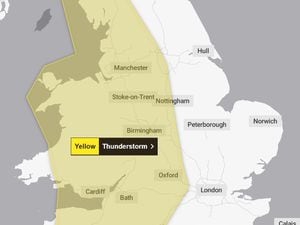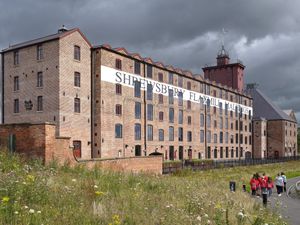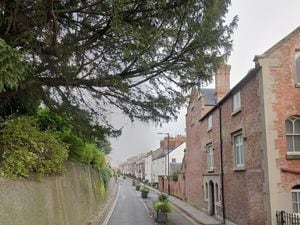Audio guide to give train passengers fascinating stories along route from Shropshire to coast
Travellers can connect to the world outside the train window as they travel on one of the most scenic railway lines in the region with the launch of the first-ever Window Seater Audio Guide.
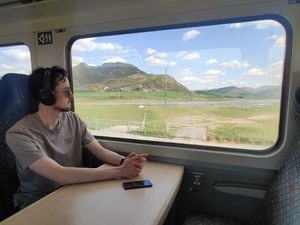
The Cambrian Line runs from Shrewsbury to Machynlleth Aberystwyth before dividing - with one route heading to Aberystwyth and the other going north then along the coast to Pwllheli - offering spectacular views making it a pleasure to watch the scenery outside the window go by.
The Cambrian Railway Partnership has now teamed up with Window Seater to give passengers geolocated, localised, bilingual, audio stories as they travel along the route.
Claire Williams, Cambrian Railway Partnership Development Officer, said: "Whilst on your train journey, have you ever wondered what the landmark you’re passing is, or would you like to learn more about the geography, history and culture of the area you are travelling through?
“We hope passengers agree that use of the guide will enhance their train journey in a fun and engaging way, making for a more satisfied and sentimental experience. The guide will be available to listen to in English and Welsh and aims to promote our region’s culture and identity.”
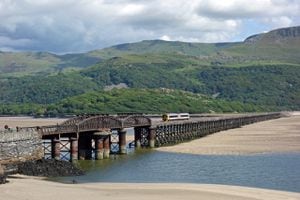
The project has been funded by the Community Rail Development Fund, Transport for Wales Challenge Fund and the Cambrian Railway Partnership.
Marcus Allender, Window Seater Business Development Director, said: “The Window Seater guide harnesses the passion and knowledge of locals into an easy-to-use app, allowing Cambrian Line passengers to connect to the people who know the stories along the railways best – getting beneath the surface of the most famous sights and uncovering hidden gems of history, geography, culture and more.”
It is hoped the introduction of the Window Seater Audio Guide will encourage those visiting the area to engage more with local activities once they complete their train journey. It could also support local social and economic development whilst visitors to the area shift to greener travel.

